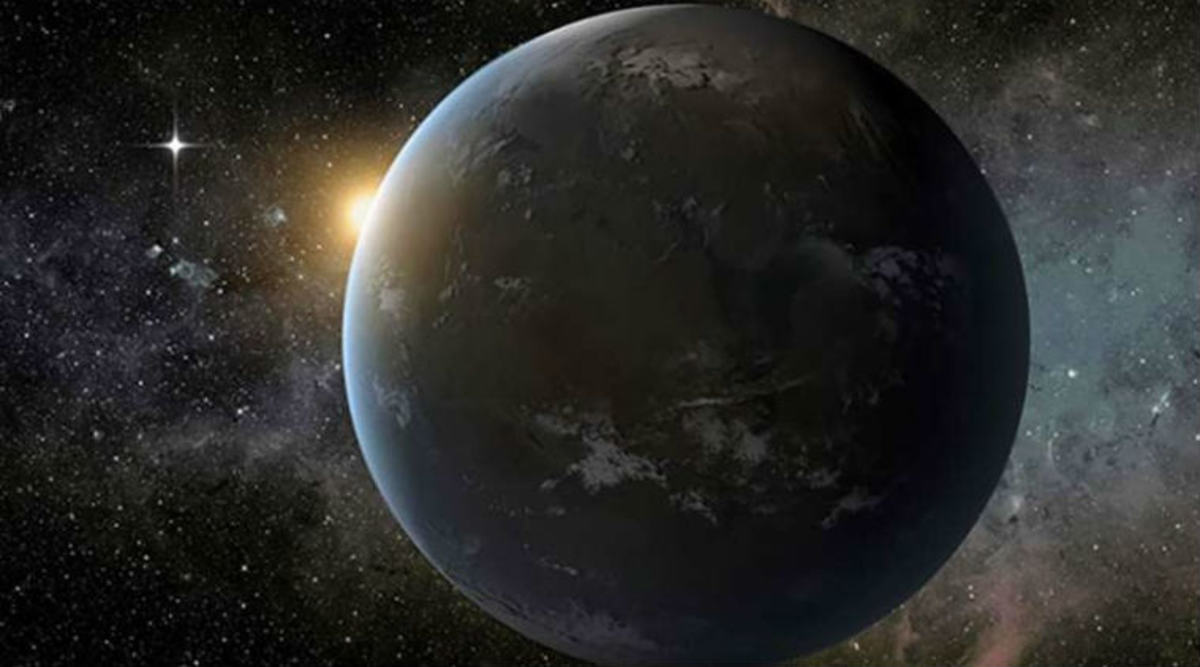 Exoplanet TOI-700d orbits a M-dwarf star (Representational image)
Exoplanet TOI-700d orbits a M-dwarf star (Representational image)At times, astronomical phenomenon and occurrences pertaining to the Space become so astounding that the more we get into it the more intriguing it becomes. A new study by a group of scientists has surfaced which reveals the discovery of a new planet that might be habitable along with having various life-supporting pieces of evidence.
The Transiting Exoplanet Survey Satellite (TESS) has discovered 11 new stars that are nearby the Sun while having the size of an M-dwarf star. In addition, these stars have a mass that is less than that of 60 percent mass of the Sun while having a temperature below 3,900 Kelvin. As far as TESS is concerned, it was launched in 2018 to discover new stars and subsequent planets orbiting them in the proximity of the Sun. Besides that, the aim of this survey is also to study the nature of these planets along with the kind of atmosphere thriving on them.
According to the study published in Astrobiology, there have been 17 such planets that were recently discovered orbiting their respective stars. A team of scientists has focused upon three small planets that were found orbiting a small M-dwarf star. In that series, the star named ‘TOI-700d’ has been found to depict the size of the Earth along with being located in the star’s habitable zone. Moreover, this star TOI-700d is 102 light-years away from the Earth.
In addition to that, the radius of the other two planets including Earth-sized planet are 1.04, 2.65, and 1.14 respectively while their orbital periods span across 9.98, 16.05 and 37.42 days respectively.
TOI-700d also becomes an enticing planet for astronomers to further cogitate their research upon because it orbits an M-dwarf star which is much cooler than the Sun while the planet itself is located in the absolute vicinity of the star. As a result, this might allow the surface water to be liquid along with an atmosphere that may pose crucial signs of life. So, unlike Mercury which is similarly located nearest to the Sun and have untenable climate and temperature, this Earth-sized planet is even closer to its star than Mercury could still host the possibility of life on it.
In the due course of the process, astronomers at TESS have used IRAC sensitive infra-red camera from Spitzer Space Observatory to detect and further substantiate their findings through certain signals. In the hindsight, team has already observed the planet twice in October 2019 and January 2020. Furthermore, the observation also suggests that TOI-700d might have rocky surface with its mass ranging at that of 2.1 Earth-masses. Besides that, scientists are also hopeful of discovering water-bearing clouds in the atmosphere of the planet.
Express Tech is now on Telegram. Click here to join our channel (@expresstechie) and stay updated with the latest tech news.